Construction Risk Management: Key Strategies for Construction Teams
Risk affects every aspect of construction. No construction project can be completely free of risk — there is always the potential for unexpected delays, material delays, or supply chain disruptions. These issues cannot be entirely avoided, but they can be carefully managed to limit the impact on construction project outcomes.
While risk management shares key similarities across many fields, there are risks unique to construction projects. Foremost among these are physical or environmental risks that are less applicable in other industries. Risk management in construction also faces complications stemming from the sheer number of stakeholders involved in construction projects. These stakeholders will have distinctly different goals, values, and communication styles.
Given these complications, it is essential for aspiring project managers and construction managers and to understand not only the nature of risk in the construction industry, but also best practices for addressing these challenges while adhering to overarching project objectives.
What Is Construction Risk Management?
Construction risk management is a sector-specific process that involves identifying, evaluating, allocating, and mitigating risks associated with construction projects. This effort helps construction managers proactively identify potential issues and mitigate them effectively.
The term “risk” refers to any uncertainty that could impact the project objectives. Understanding this process begins with recognizing exactly what the risk involves, especially those risks that could involve significant losses of time, money, or reputation.
Risks can be both external (originating from outside the project) and internal (those that arise from within the project). Proper construction risk management includes identification of all construction-related risks (and that these risks are fully understood) and determining and implementing strategies to mitigate or control these risks.
Common Risk Categories in Construction Projects
Construction projects bring about many types of risks including:
- Financial risks, including risks that may lead to budget overruns
- Legal and compliance risks, including claims or building code violations
- Safety risks, like site accidents or hazardous material exposure
- Environmental risks, like chemical spills or soil erosion
- Performance risks, including schedule, design, and quality risks which create delays and jeopardize project timelines and project delays
- Unknown site conditions, which may include work stoppages or additional permitting cycles
Why Managing Risk in Construction Work Is Crucial for Leaders
Risk is an inherent component of construction project, but these cannot be properly planned for and addressed unless they are identified and understood. This is where construction risk management comes in.
As the Construction Management Association of America (CMAA) New England chapter clarifies, “project management is risk management and risk management is project management.” In other words, risk management is not merely beneficial; rather, it is fundamental to managing a project to a successful outcome.
Identifying and Assessing Construction Risks
Risks cannot be adequately mitigated unless they are identified and understood. Often, however, significant risks are hidden. It takes a proactive approach to risk identification to ensure that every risk is revealed and thoroughly evaluated. Construction managers lead this effort, planning for and mitigating risks to ensure projects remain on track.
Risk Identification Techniques
Risk identification involves a thorough process in which all potential sources of risk are investigated. This process should be systematic but may draw on various techniques to ensure that all risks are pinpointed. Examples might include:
- Brainstorming:
This technique involves gathering a group of project stakeholders (including the Construction Manager) to discuss and generate a list of potential risks related to the specific project or situation. This is normally accomplished in a Risk Workshop facilitated by a risk management professional.
- Root Cause Analysis:
Root Cause Analysis focuses on identifying the underlying causes of potential risks. Understanding the root causes lets the team develop strategies to prevent these risks from occurring. This technique is a systematic approach to identifying and addressing the root causes of risks rather than just treating the symptoms.
Risk Assessment Tools
Today’s advanced tools and technologies enhance construction risk identification and assessment, helping construction managers to understand which risks are present, but also employ data analytics. For example, solutions such as SafetyCulture and Procore offer risk assessment templates that help streamline risk-related processes.
Building Information Modeling (BIM) can provide comprehensive models that help identify and analyze diverse risks. Many software solutions also offer AI-powered risk assessment tools, bringing data-driven risk management and decision making to the project team.

Risk Mitigation Strategies Construction Managers Should Know
Construction leaders employ a number of risk mitigation processes and strategies to ensure that risks are identified, planned for, prioritized, and effectively mitigated. This helps construction companies to complete complex projects on time and on budget.
Contractual Risk Transfer
Contractual risk transfer determines how project risk can be transferred from one party to the next. In construction management, this may involve agreements that transfer risk, holding subcontractors responsible for their risks within construction projects. The International Risk Management Institute (IRMI) advises that those who draft construction contracts should have an in-depth understanding of both insurance coverages and the insurance marketplace.
Insurance and Bonding
Insurance protects against many types of loss, allowing for a straightforward transfer of risk from the insured party to the insurance company. General liability insurance is especially valuable, offering comprehensive protection against claims of property damage or bodily injury. In most states, workers’ compensation insurance coverage is also required.
Some projects may require errors and omissions (E&O) insurance, a specialized form of liability insurance that provides protection for financial loss for claims related to damages from errors in the design or construction. As CMAA clarifies, this can “help financially protect [businesses] from damages caused by mistake[s] on the job.”
The concept of bonding is also important. Construction bonds provide much-needed assurance, verifying that the general contractor and subcontractors will uphold the terms of the agreement related to performance, compliance, and potential workmanship defects. This should not be confused with insurance, as the focus of protection is different when bonds are involved: they protect project owners and involve surety companies, which enjoy some element of control over claim resolutions.
Safety and Compliance Programs
Safety risks abound on today’s construction sites, and while recent improvements in equipment and safety protocol have helped to reduce workplace incidents, there are still many opportunities for workers to be injured or otherwise harmed on the job. Safety programs can mitigate these risks by ensuring that all workers properly operate machinery, consistently wear personal protective equipment (PPE), and maintain a culture of safety on the site.
There can be considerable overlap between safety and compliance risks, with strict requirements established by the Occupational Safety and Health Administration (OSHA) aimed at protecting construction workers against jobsite hazards, such as falls or asbestos exposure.
Robust Project Planning
Project planning plays a critical role in risk mitigation, providing guidance for all other aspects of the construction process. Risk management should be heavily emphasized within the overarching Risk Management Plan (RMP), identifies potential construction risks, the responsible party for the risk, and associated mitigation strategies.
Quality Control Measures
Quality control ensures that construction projects adhere to the quality standards as stated in the terms of the contract documents. Quality control plans serve as quality roadmaps, ensuring that all team members and stakeholders understand what is expected of them and how they can meet the required expectations of quality for the project.
Other critical aspects of quality control include adhering to the specifications, which include the required submittals, deliverables, and samples to be submitted by the contractor for review. During construction, inspections and inspection logs can reveal emerging issues that could compromise construction quality if not addressed.
Technology and Risk Management Tools
Cutting-edge solutions assist construction teams with risk management efforts, by helping construction managers identify and effectively monitor a range of risks. We’ve touched on the value of BIM and AI-driven solutions, but these are only two of many of the tools available . Increasingly, construction managers also rely on cloud-based platforms and mobile applications, which promise real-time collaboration, allowing stakeholders to stay easily informed.
Continuous Communication and Stakeholder Engagement
Risk management is only as effective as the communication strategies employed by the construction team. Stakeholder engagement is key to managing project risks successfully, as it ensures that all parties involved are aware not only of project risks but also of proposed methods for addressing these concerns. CMAA recommends a single, centralized platform that stakeholders can easily access. This information should be consistently updated, with risks communicated in a manner that is easy for stakeholders to understand. This often involves data visualizations, dashboards, or graphics such as tables and Gantt charts.
Role Leaders Play in Risk Management in Construction
Leaders provide broad oversight for risk management strategies and activities on construction projects. They are instrumental in integrating risk management into construction management plans and ensuring that best practices are consistently followed throughout the process. Furthermore, leaders communicate risks to stakeholders and team members, ultimately bringing a unified approach to risk management during construction.
Learn About Risk Management in TAMU’s Construction Management Program
Risk management represents one of the most complex and influential aspects of modern construction management. Construction managers and construction project managers must understand project risk, and the tools, technologies, and strategies that can be used to control it. This is where the right degree program can make a world of difference.
Texas A&M’s Master of Science in Construction Management provides a thorough overview of risk management as it relates to the construction industry. This program is accredited by the American Council for Construction Education (ACCE). Reach out today to learn more about the MS in Construction Management and the many opportunities this program provides.


